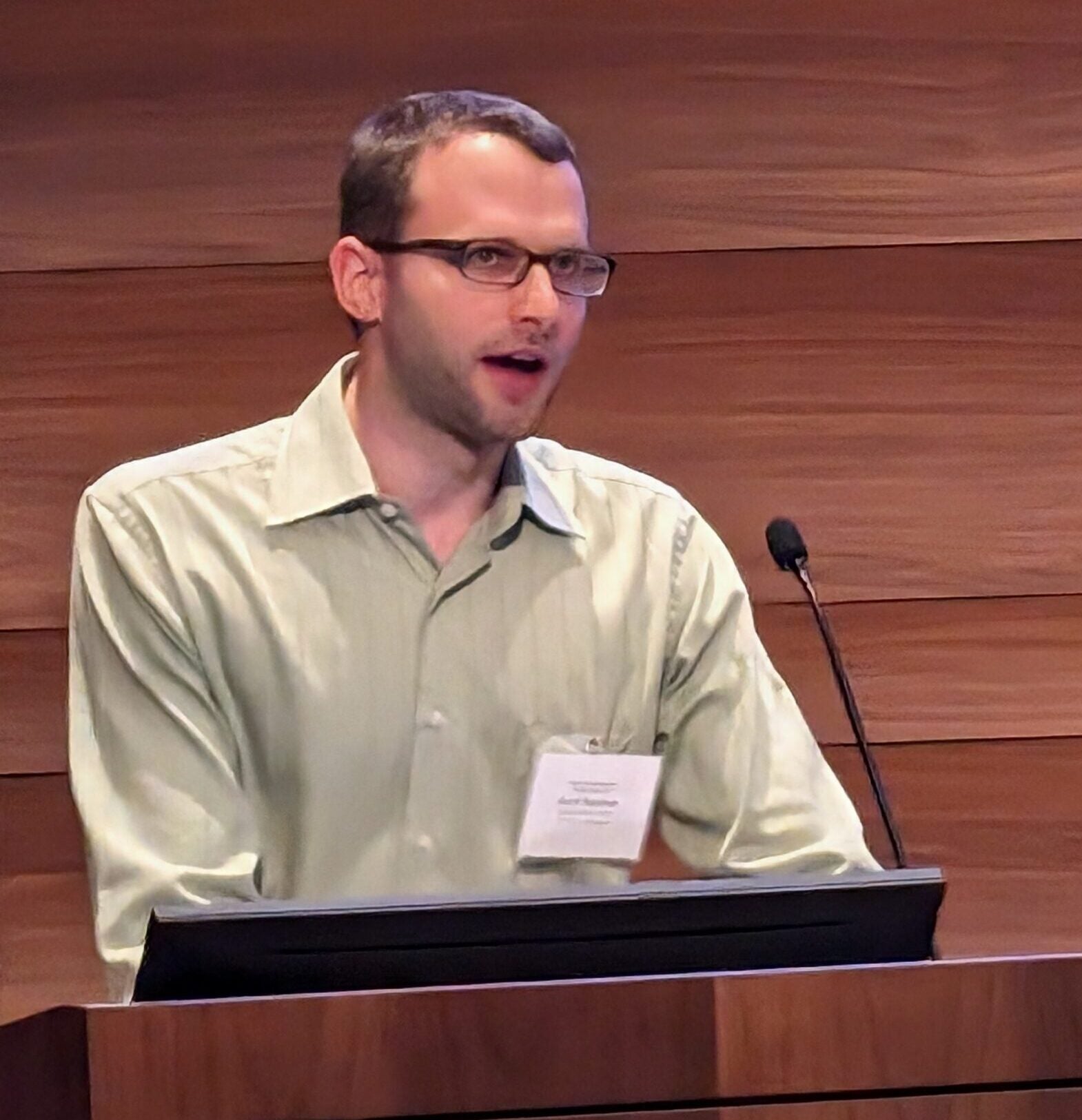Open Sustainability Policy Summit Recap and Video: Open, Multi-Model Workflows for Integrated System Planning: NREL and G-PST Efforts
At the recent Open Sustainability Policy Summit, Gord Stephen from the National Renewable Energy Laboratory (NREL) shared insights on the collaborative efforts of NREL and the Global Power System Transformation Consortium (G-PST) in advancing open, multi-model workflows for integrated system planning. Here are the key takeaways from his presentation:
1. NREL and G-PST Collaboration
Stephen highlighted the significant collaboration between NREL and G-PST, focusing on addressing technical challenges in planning and operating power systems with high levels of renewable integration. G-PST, a consortium of power system operators and research institutions globally, aims to overcome barriers associated with inverter-based resources such as wind, solar, and battery storage.
2. Global Representation and Shared Goals
The G-PST consortium comprises system operators from the US, Europe, and Australia, including notable entities like ERCOT, California ISO, and National Grid ESO. These organizations are at the forefront of integrating large shares of renewables and contribute to a shared goal of decarbonizing power systems worldwide. Research institutes such as NREL, VTT in Finland, and Fraunhofer in Germany are also pivotal in this collaboration.
3. Five Pillars of G-PST Efforts
The consortium’s efforts are structured around five key pillars:
- Research Agenda: Identifying and addressing unresolved research questions crucial for integrating high levels of renewables.
- System Operator Technical Assistance: Providing technical support to system operators to achieve renewable integration goals.
- Standards and Grid Codes: Harmonizing standards and grid codes to facilitate easier adoption and conformity, ensuring reliable system operations.
- Operational Tools and Data Management: Enhancing the interoperability of different modeling and simulation tools, crucial for effective system planning.
- Inverter-Based Resource Integration: Focusing on the electrical engineering requirements to ensure systems with high levels of inverter-based resources meet technical specifications.
4. Challenges and Solutions in Tool Interoperability
Stephen emphasized the complexities of making various grid modeling tools interact seamlessly. With multiple capacity expansion models and production cost models in use, ensuring data integration and coherent information flow is critical. NREL’s open-source approach aims to automate and streamline these processes, minimizing manual intervention and enhancing efficiency.
5. Future Directions and Industry Implications
Looking ahead, Stephen stressed the importance of industry-wide collaboration to improve interoperability among diverse tools. While the current ecosystem of open-source tools is robust, better integration could unlock significant value, driving more effective and efficient system planning and operations. The presentation concluded with a call to action for continued innovation and collaboration to meet the evolving demands of power system transformation.
